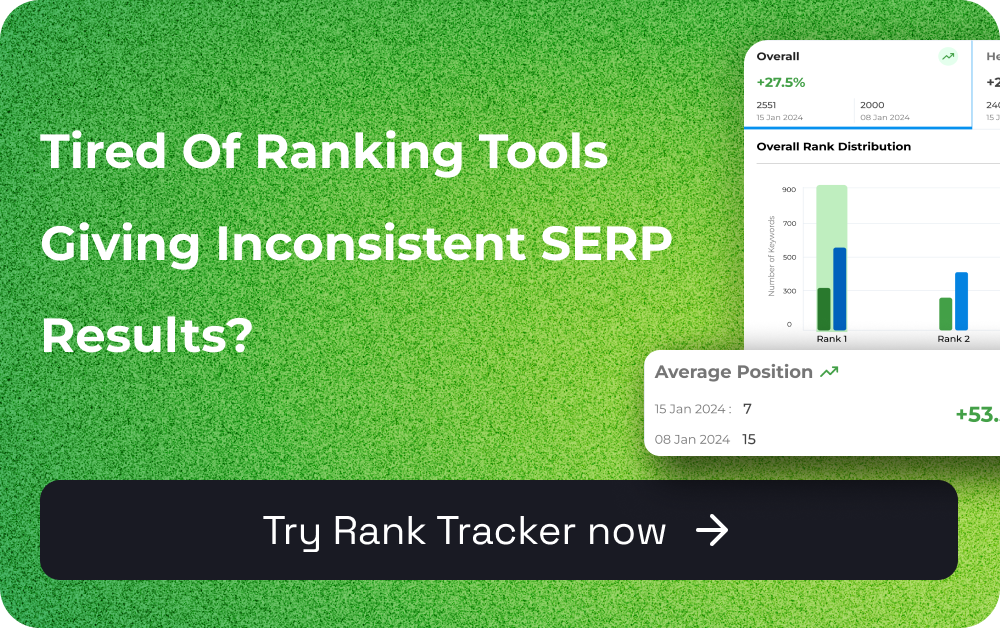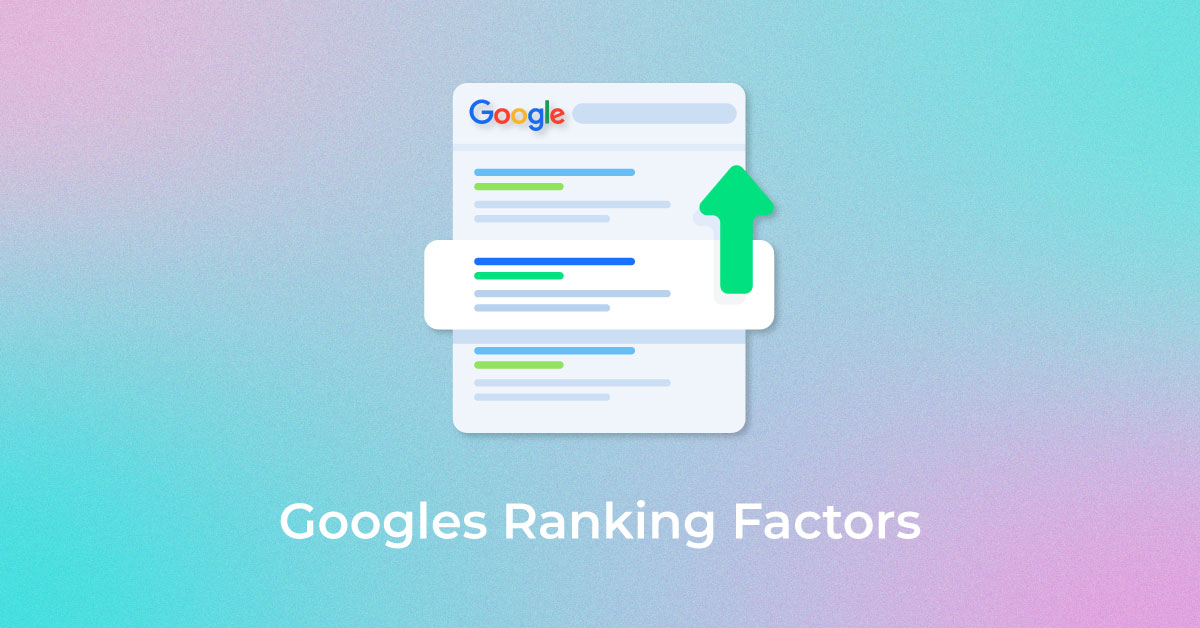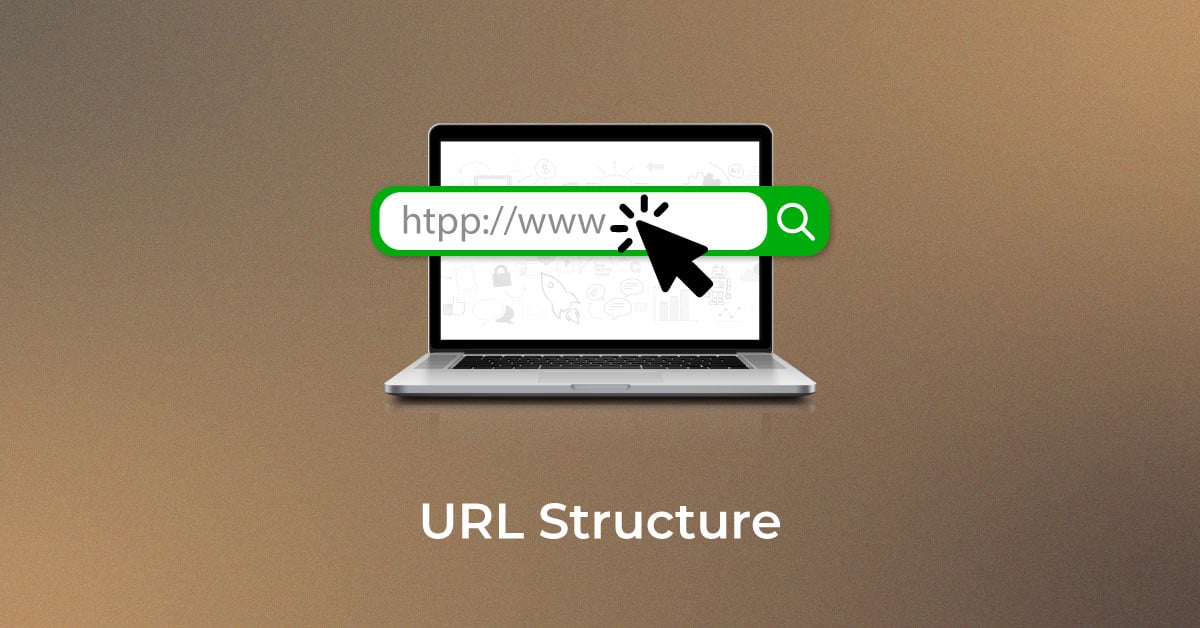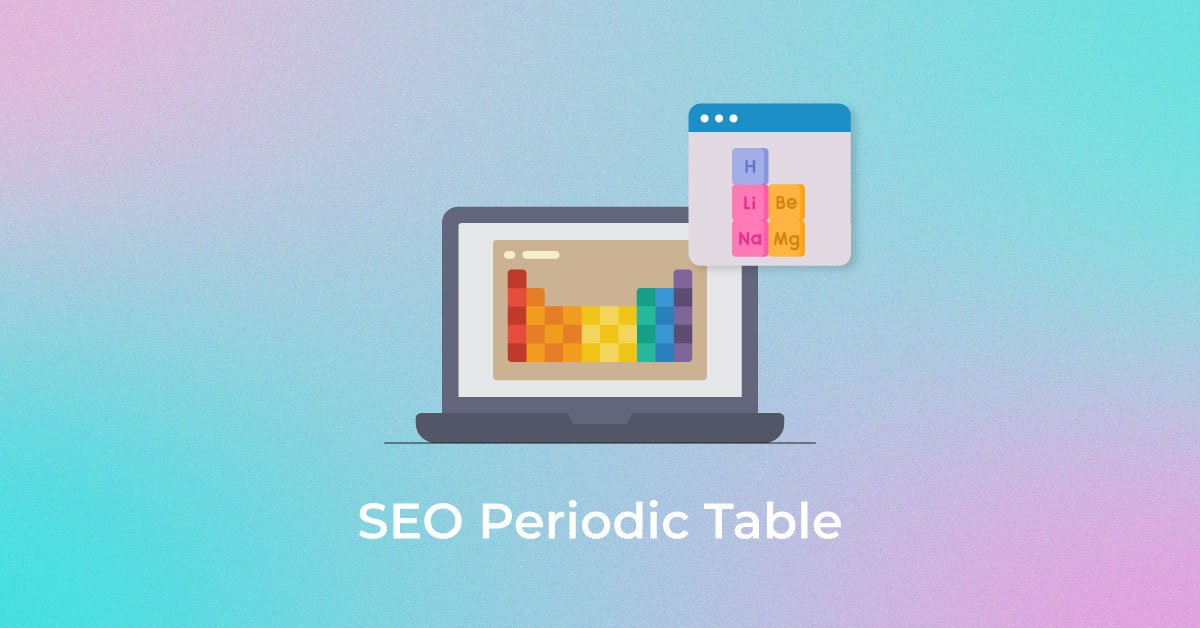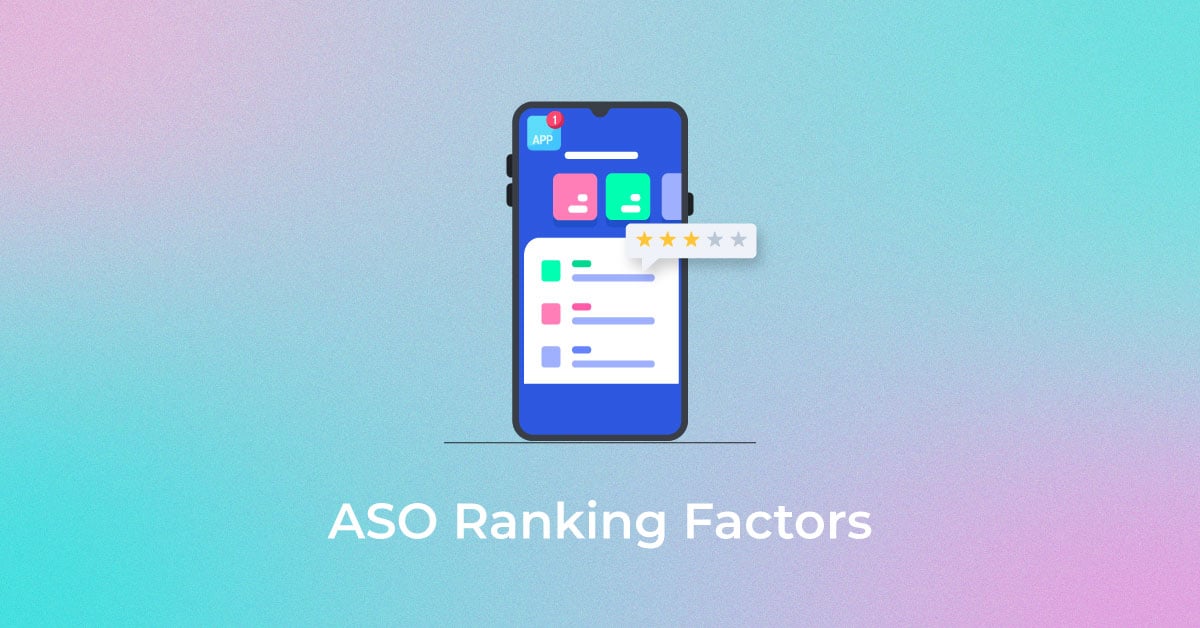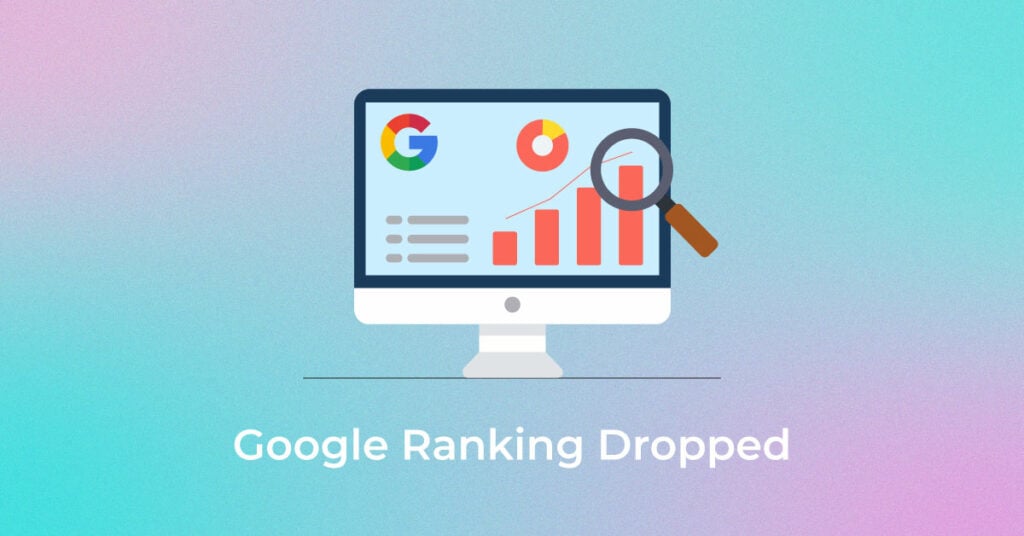As an entrepreneur, you know how crucial it is to maintain a healthy ranking on search engine result pages (SERPs). Users usually (and almost automatically) click on only the links that appear at the top of the first page. To achieve these rankings, you need to invest heavily in the search engine optimisation (SEO) of your business website.
The worst nightmare, however, is waking up one fine day to the news that your website has vanished from the top pages of the search engines. Your hard-earned organic rankings have suddenly dropped. But you’ll be glad to know that there are fixes to help you battle SEO ranking drops and regain top rankings
Why have your rankings dropped?
Before we move on to solutions that can help tackle SEO ranking drop, let’s identify the reasons why your Google rankings dropped. This can happen due to one or several reasons, including changes in the website content, Google’s algorithm update, technical glitches, improvements made by competitors, lost backlinks, hacking of your website, and so on.
Here are some probable reasons that could lead to a drop in your Google website ranking:
-
Recent changes in your website
You have made bulk changes to your website content recently, which might have led to a drop in rankings. These changes may also include restructuring or redesigning of your website, migration or addition of a few more pages, and so on.
-
Technical glitches
Sometimes SEO ranking drops can occur for no fault of yours. Perhaps a technical issue on the search engine’s side could be responsible. Or maybe your website is difficult to crawl and index.
-
SEO algorithm update
Search engines keep updating their algorithms for rating websites. So, if there’s an algorithm update from a search engine, it could lead to a drop in your website’s ranking.
-
Chances of hacking
Chances are that someone may have hacked your website and intentionally changed the content to cause a drop in your Google ranking.
-
Change in search intent
Sometimes, Google may change its perception of the search intent regarding a query, thereby changing the rankings of websites as per their relevance.
-
Improvements made by competitors
Your website’s SEO ranking may also drop when your competitors make improvements to their websites so that they rank higher than you.
-
Lost backlinks
Backlinks are the most crucial ranking factor in SEO. Loss of backlinks can have a huge impact on your website’s Google ranking.
Steps to recover from ranking drops
1. Check if your rankings have actually dropped
The first thing you need to do is understand if your website’s Google ranking has really dropped or if your rankings tracker is just acting up. To confirm that your Google rankings have actually dropped, you can check your rank tracker’s report. Sometimes, these trackers might display faulty results. So, you should also cross-check with the search engine results page (SERP).
Another way to solve this headache is to set up more than one Google rank tracking application. Then, if your main tracker shows a drop in rankings, you can cross-verify against the other ones before taking any action.
Additionally, you can check your Google Search Console and Web analytics suite to ensure that your Google rankings have indeed dropped. With Google Search Console, you can get access to various crucial information, including total clicks in a month, total impressions, average click-through-rate (CTR), and average position.
2. Audit the scope of the drop
Next, you need to know the exact reason behind the Google ranking drop.
To audit the scope of your website’s ranking drop, you can use your SEO rank tracking application, refer to the Web analytics data, and Google Search Console data. The search queries on Google and the Web pages which have suffered the ranking drop can also lead you to the underlying issue.
For example, you can study all search queries that result in a ranking drop and seek answers to questions such as ‘what cluster do these queries belong to’, ‘what is the difference between the old and new ranking of your website’, and ‘which are the pages that are now ranked above you’, and so on. You should also pay attention to any decrease in the organic traffic on your website due to this ranking drop.
3. Website changes recently
One of the most common reasons behind Google ranking drops is bulk changes to the website. So, if you’ve made any recent changes to your website and its Google rankings have dropped abruptly after that, there are high chances that those changes are the culprit. These could include any change in your website’s content, design, or structure.
In case you’re not aware of any large-scale changes to your website but you have noticed a drop in the rankings, you can check back with your SEO team or IT team if they have made any changes. You can also check with your project management software for any activity that may have caused the ranking drop.
Changes to your website could be technical, such as any changes made to your website’s HTTP code, canonical URL, metadata, Hreflang definitions, and so on. Changes to your website’s internal link structure and content can also impact its search engine rankings.
4. Look into indexing status
Whenever a user puts in a search query on Google’s search bar, it crawls and indexes various websites and then, displays the ones with the most relevant content. In case Google experiences any technical difficulty in crawling and indexing your website, it may push your website lower in the rankings.
So, if you notice a drop in the Google rankings of your website but you haven’t made any changes to it, you can check the indexing status. Make sure that there are no crawl anomalies that prevent Google from crawling and indexing your website.
Remember that Google uses bots to crawl and index websites. If you’ve recently applied any settings to disallow bot traffic on your website, then Google may not be able to crawl your website thus resulting in a significant drop in ranking. Also, check out the load time of your website to ensure that there is no ranking drop.
5. Determine if your page has technical issues
When you hire SEO services for your website, you pay the SEO agency for three things—on-page SEO, off-page SEO, and technical SEO. A change in any of these three aspects can impact your website’s SEO ranking dramatically. So, you need to cross-check all three aspects of SEO in case you witness a drop in rankings.
Sometimes, technical issues with your Web pages and SEO implementations can cause a drop in Google rankings. It’s crucial to identify these issues and rectify them as soon as possible to regain your rankings.
We’ve already explained some technical issues that can block the indexing of your website. These include crawl anomalies, blocking of Google bots, and unexpectedly high loading times. However, the list doesn’t end here. There could be a problem with the VPN of your website’s pages, computer management software (CMS), or on-page SEO requirements.
In case you notice a drop in the Google ranking of your website, you should begin with checking for these issues. You need to make sure that there is no technical problem with your website’s pages and that they tick all boxes with regard to the best practices for on-page SEO. These may include:
- Accurate title tags and descriptions
- Correct size of images and videos to reduce page loading time
- Unique and relevant page content
- Relevant internal and external links
Being aware of technical SEO issues with your website’s pages can help you take good care of your website and improve its Google ranking significantly.
6. Check GSC if received a manual penalty
Another common reason behind the ranking drop of a website is the manual penalty received by Google. You need to check the Google Search Console to know if your website has received any manual penalty. Google usually levies manual penalties when a human reviewer checks a website and finds that isn’t complying with Google’s Webmaster Guidelines.
Google says, “We strongly encourage you to pay very close attention to the Quality guidelines, which outline some of the illicit practices that may lead to a site being removed entirely from the Google index or otherwise affected by an algorithmic or manual spam action. If a site has been affected by a spam action, it may no longer show up in results on Google.com or any of Google’s partner sites.”
Here are Some of the most common reasons Google imposes manual penalties:
- Including unnatural or spammy inbound links to your website
- Using black-hat SEO techniques
- Including spam in the comment section
- Using thin or scraped content
- Resorting to keyword stuffing
- Using hidden texts to manipulate Google rankings
- Violating Google’s Discovery Policy
- Allowing a mismatch between your website’s AMP and non-AMP version
- Including pages with malicious intent
7. Your competitor outranked you
Sometimes, your website’s Google ranking can drop for no fault of yours or your SEO agency. It may so happen that your competitors improved their websites and overtaken you in the rankings. So, if you’ve checked everything but still can’t determine the reason behind your website’s ranking drop, this might be the case. The simplest way to check if you’re being outranked by a competitor is to run a search for a related keyword and look at the SERP rankings. If you notice that your competitors have moved above you, then there’s a high possibility that they have improved their websites.
In such a case, you should compare your competitors’ websites with yours and work with your SEO team to achieve higher rankings. This can be done by adding additional content to your website, optimising the existing content, and building high-quality backlinks to your website’s pages.
8. Major algorithm update
Google often updates its algorithm for determining websites’ rankings. Going by reports, Google had made as many as 3200 changes to its algorithm by 2018. And we assume that this figure has grown since then.
These algorithm updates by Google are another common reason behind ranking fluctuations. Although minor changes do not make much of a difference, any major algorithm update can make or break businesses.
So, if your website’s Google ranking has dropped suddenly, do check if there has been a recent algorithm update. While Google is usually open about minor algorithm updates, you can take the help of an SEO expert to know if there has been a major algorithm update by Google in the recent past.
You need to keep in mind that changes in websites’ rankings do not happen instantly after an algorithm update. It’s a gradual drop before a website moves out of the top ten pages. So, you need to consider an appropriate time period while checking for Google algorithm updates.
9. Look into the on-page issues
We’ve discussed this earlier as well that your website’s SEO boils down to three key aspects – off-page SEO, on-page SEO, and technical SEO. While we’ve discussed much of the technical SEO and off-page SEO aspects till now, let’s discuss how on-page SEO issues can impact your website’s Google rankings.
Any changes in the content or formatting can have a big impact on your website’s Google rankings. For example, let’s say you’ve added more images and videos to your Web pages. These images and videos can attach additional value to the page content but can also decrease its loading speed (which is a big factor for Google ranking).
So, you need to crawl into your website and make sure that all on-page SEO techniques are in order. These may include:
- Title tags and descriptions
- Headings and sub-headings
- Unique body content with relevant keywords
- Relevant internal and external links
- Alt tags for images
You can also run your website’s speed test using Google’s Page Speed Insights. It will help you analyse your website and let you know where there is room for improvement.
10. Check for the loss of links
Backlinks are one of the most crucial ranking factors in SEO. By supporting your website with adequate backlinks, you can achieve a high ranking on Google’s SERP and get desirable traffic. However, if you lose some of these backlinks, it may result in a decline in your website’s Google ranking.
Depending upon the quality and quantity of the links that you lose, the drop in Google rankings of your website may be gradual or steep.
To recover from the loss of links, you need to first identify how many links you have lost and then, figure out what they used to contain. You can take the help of your SEO agency to accurately identify the lost links and regain your website’s Google ranking. You can also use SEO applications to know about your lost links.
But sometimes, it may become difficult to retrieve the lost links despite your best efforts. Hence, we advise you to keep a track of your backlinks and monitor them from time to time.
11. Changes in behaviour
Changes in user behaviour can also alter your website’s Google rankings. Google always tries to show the most relevant results for any search query. But if it thinks that your website is not the best solution to a user’s search intent, it will lower your rankings in favour of another website that does.
Google’s core updates are testimonies to the fact that Google gives a lot of importance to the overall user experience offered by a website. In 2020, Google even introduced Core Web Vitals to measure the three aspects of user experience—website loading time, interactivity, and visual stability. It’s very crucial to understand the link between SEO and user experience.
Any of the observations mentioned below indicates a shift in the user’s search intent:
- CTR in the Google Search Console
- The overall bounce rate for affected pages
- Time spent by users on your website and Web pages
In case you notice any of these, try to understand the core reason behind them. Why do users prefer to not spend time on your website? Is there an issue with your website’s navigation or internal link structure? Is your content not compelling enough to hook users?
12. Is your website hacked?
Unfortunately, website hacking has become a very common crime these days. Once a hacker gets access to your website, he or she can infest it with malicious codes, spammy links, and content resulting in a massive drop in your website’s Google rankings. This may also be because your competitor is trying cheap tricks to move ahead of you.
If you notice that your website has been hacked, you need to take immediate measures to regain control over it and restore it to its original condition. Google keeps scanning websites for malicious content and if any is found, the owner is intimated through the Google Search Console.
While there is no guarantee that your Google Search Console will tell you about your website being hacked, we still recommend that you check it regularly.
13. Disavowed important backlinks
There is a general tendency among website owners to disavow any backlink that they do not recognise. However, this isn’t the very best of practices. It may even lead to the disavowing of some crucial backlinks, and this may hurt your website’s Google rankings.
So, there’s no need to disavow any backlink unless absolutely necessary. After all, additional backlinks don’t create any problems unless there is clear malicious intent. It’s better to be very careful while disavowing any backlink to your website.
14. Mobile-friendly test
Mobile-friendliness has become a very crucial part of SEO. With a majority of Internet users surfing from their smartphones, more than 70% of organic traffic comes from mobile devices. Search engines like Google prioritise mobile-friendly websites, specifically for those users who use their smartphones to search for information.
Any compromise on the mobile-friendliness of your website may cause a drop in its Google rankings. You can run a Google Mobile-Friendly test to know how your website is performing on mobile devices, such as smartphones and tablets. If the need arises, you can implement the changes to regain your lost rankings.
15. Observe your rankings
After you’ve done everything to identify and fix the issues behind your website’s Google rankings drop, it’s time for the final step. You need to now observe and monitor your website’s rankings for a few weeks to know if your efforts have paid off. This will tell you whether the changes are making an impact or not and whether you’re regaining your lost ranking.
If you don’t find any improvement even after a few weeks, you can go back to Step 1 and start all over again to identify the actual issue that is hurting your website’s Google ranking.
Also, don’t forget to review your SEO strategies and make changes to them as per your findings. For instance, if you’ve received a manual penalty from Google, make sure to not repeat those practices.
What time does it require to move up Google rankings?
Google rankings don’t drop overnight and unfortunately, you cannot recover lost rankings overnight either. Depending upon the reason, you may require anything between a few hours to a few months to regain your Google rankings.
If the ranking drop is due to a technical issue, you can get back to your original rankings in just a few hours. All you need to do is fix the issue and you will be back to your original place. However, if the ranking drop is due to a manual penalty, you may have to wait till Google reviews your website and reinstates your website at the original ranking. In extreme cases, it may take more than a year to recover from a ranking drop.
It’s crucial to take the help of your SEO agency to identify the issue behind the ranking drop and reclaim it as soon as possible. It completely depends upon how quickly you can determine the cause and take appropriate steps.
Conclusion
If you notice a drop in your website’s Google rankings, you need not panic. A drop in rankings is a common thing in the SEO sphere. You just need to keep calm and help your SEO partner investigate the reason behind the ranking drop. It can happen due to a variety of reasons, including technical issues, website changes, loss of links, competitor moves, and so on.
Popular Searches
How useful was this post?
0 / 5. 0











